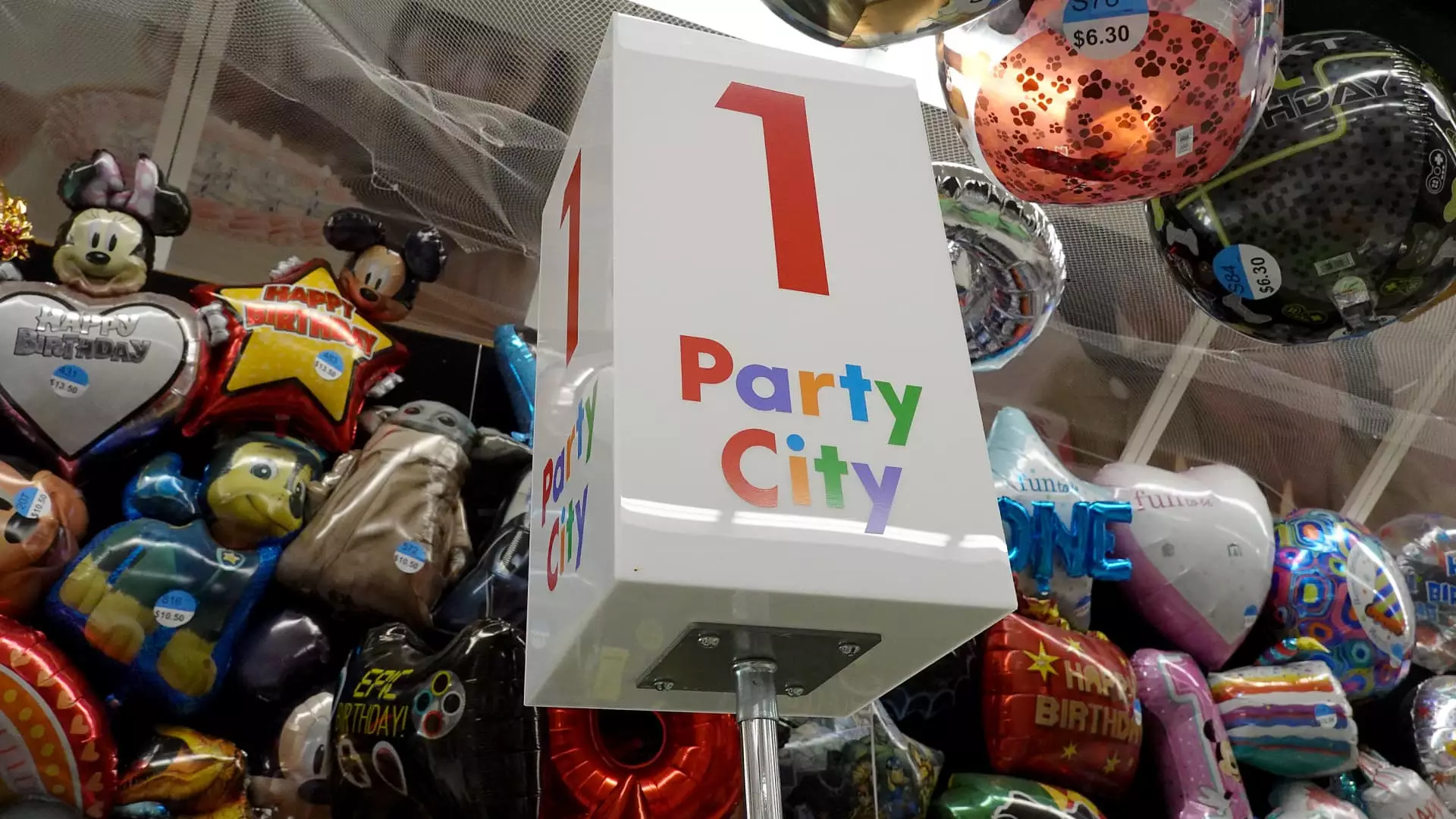In a shocking turn of events, Party City has announced the immediate closure of all its retail outlets, along with a wave of corporate layoffs, an announcement corroborated by reports from CNN. This sobering news reflects a challenging reality for the party supply retailer, which, in a meeting with its corporate staff, CEO Barry Litwin characterized as delivering “the most difficult message” of his career. He indicated that the company would need to initiate a wind-down process without delay, with Friday marking the last operational day for many employees. This closure underscores the profound impact of fiscal distress on a once-popular brand.
Party City’s troubles, rooted in significant financial challenges, have been compounded by its prior bankruptcy filing, which occurred just under two years ago. The firm was burdened by an overwhelming $1.7 billion debt, forcing it to seek bankruptcy protection to restructure its finances. Emerging from this process in September 2023, the company was able to cancel nearly $1 billion in debt and transition into a privately held entity, allowing most of its 800 U.S. locations to remain operational at that time. However, the initial relief proved to be short-lived, revealing that restructuring alone may not suffice in the face of evolving market dynamics.
Competition has significantly intensified in the party goods space, with contenders like Spirit Halloween expanding their footprint and capturing consumer interest. Spirit Halloween’s proactive strategy, which includes the recent announcement of ten new “Spirit Christmas” stores, illustrates how agile competitors can pivot to seize market opportunities, thereby increasing pressure on established brands like Party City. These strategic maneuvers underline the vulnerability of traditional retailers facing the shifting sands of consumer preferences and industry trends.
Alongside increased competition from specific retailers, the rise of e-commerce platforms presents another layer of complexity for Party City. The retailer had begun to face online competition as early as 2018 when it expanded its offerings on major online marketplaces like Amazon. While online presence can elevate brand visibility and attract a broader customer base, it also exposes traditional businesses to fiercer competition and price wars, highlighting the importance of agility in response to digital consumer behavior.
Barry Litwin’s appointment as CEO in August brought forth aspirations to bolster Party City’s financial performance and reestablish its position as a leader in the celebration segment. However, the swift decline of the company’s fortunes paints a different picture. The ambitious goals set by leadership in times of rapid marketplace change may need to be reevaluated, not just in the context of Party City, but across the retail sector, where adaptability has become paramount.
The abrupt closure of Party City serves as a stark reminder of the vulnerabilities that retail businesses face in a challenging economic landscape. It raises critical questions for other retailers about sustainability, competition, and the need for strategic innovation. For employees and stakeholders, the implications are stark, reflecting not only on a brand’s survival but also on the broader health of an industry navigating the complexities of modern commerce. As Party City winds down, it provides a cautionary tale for others striving to thrive in a volatile marketplace.

